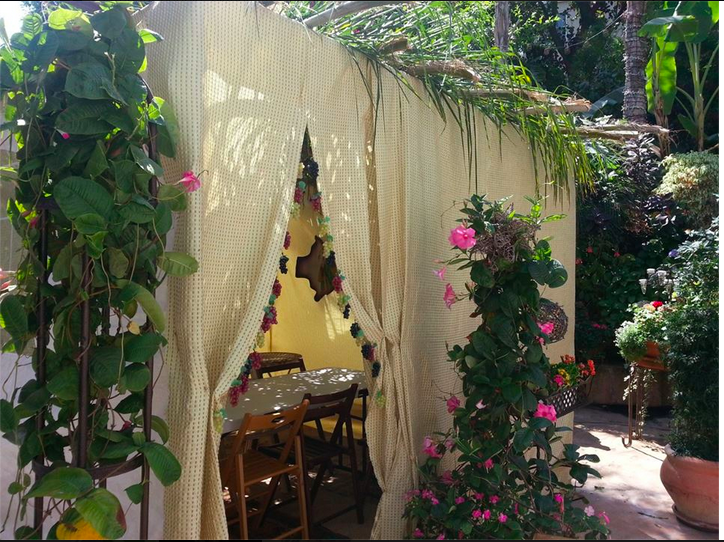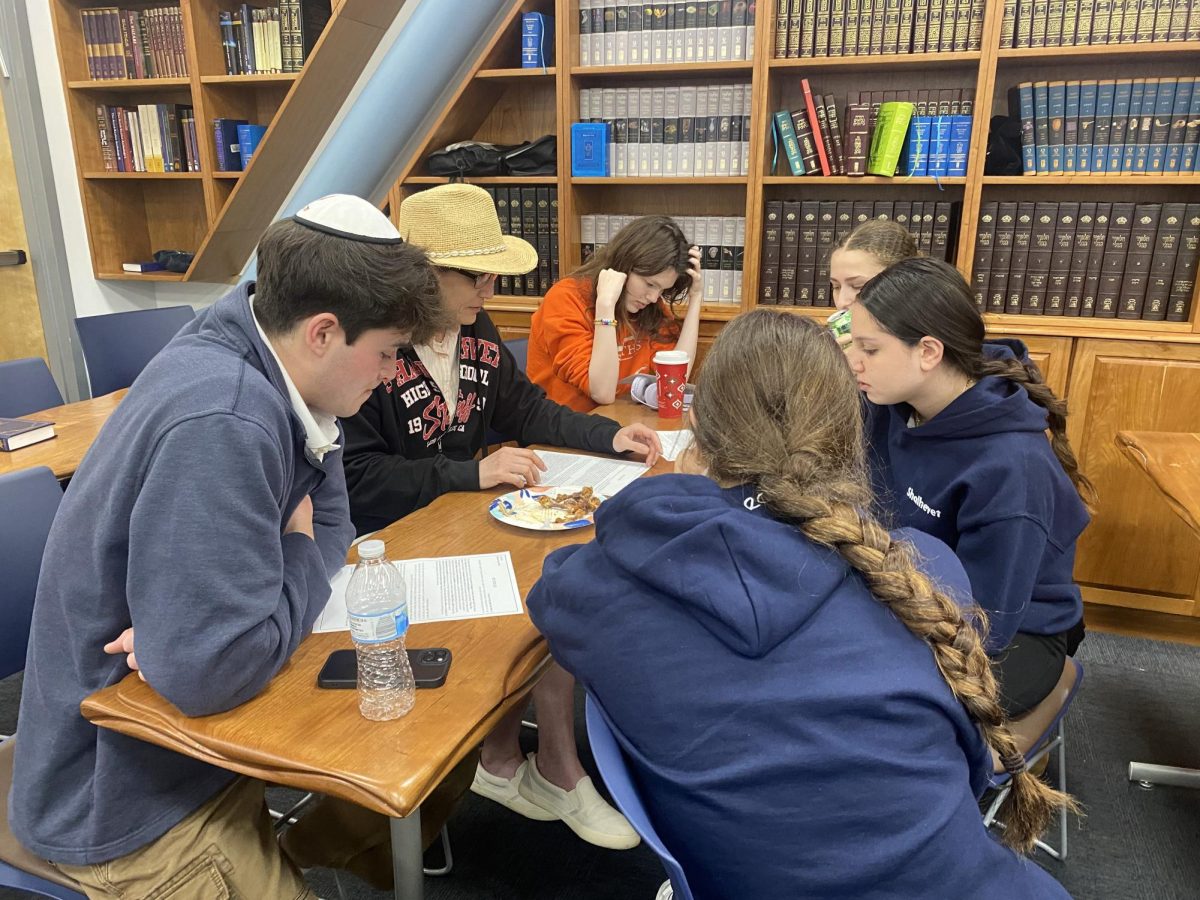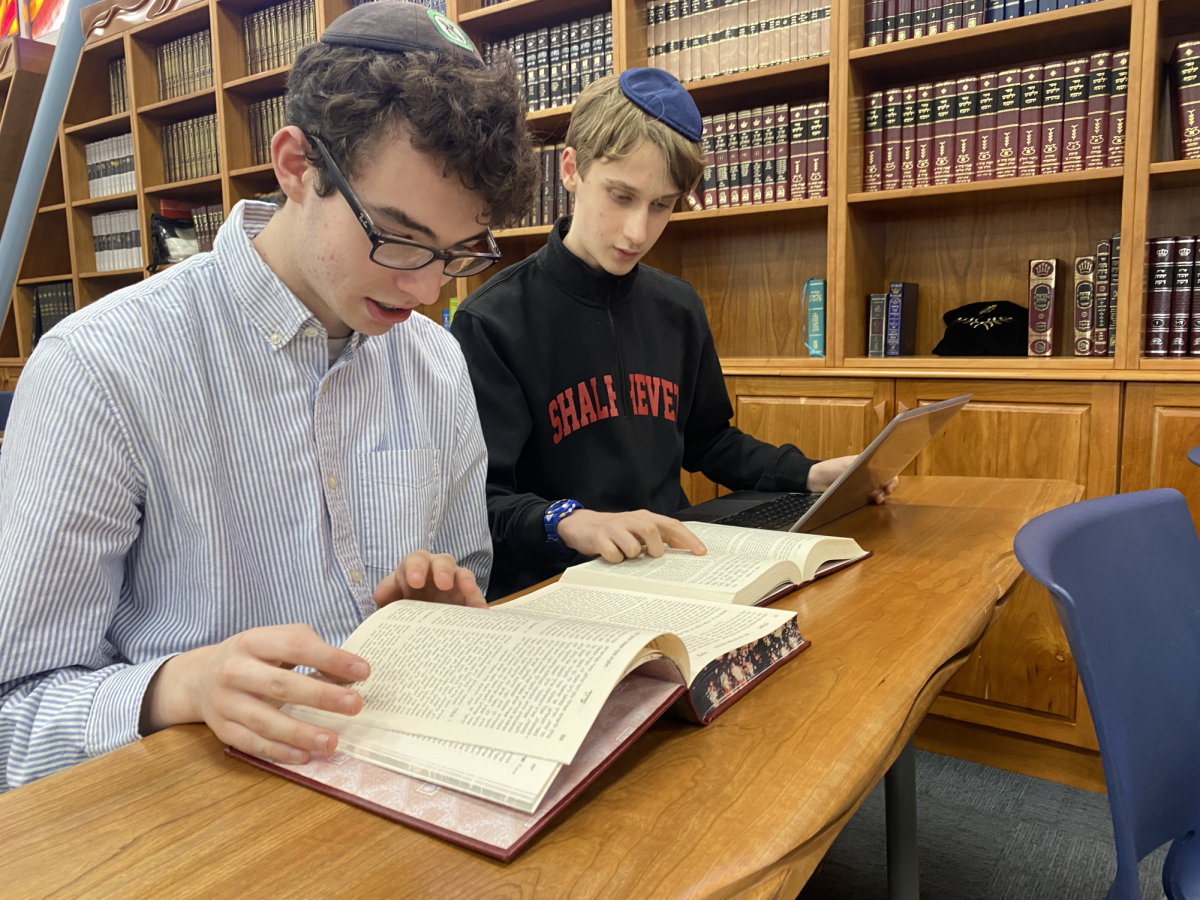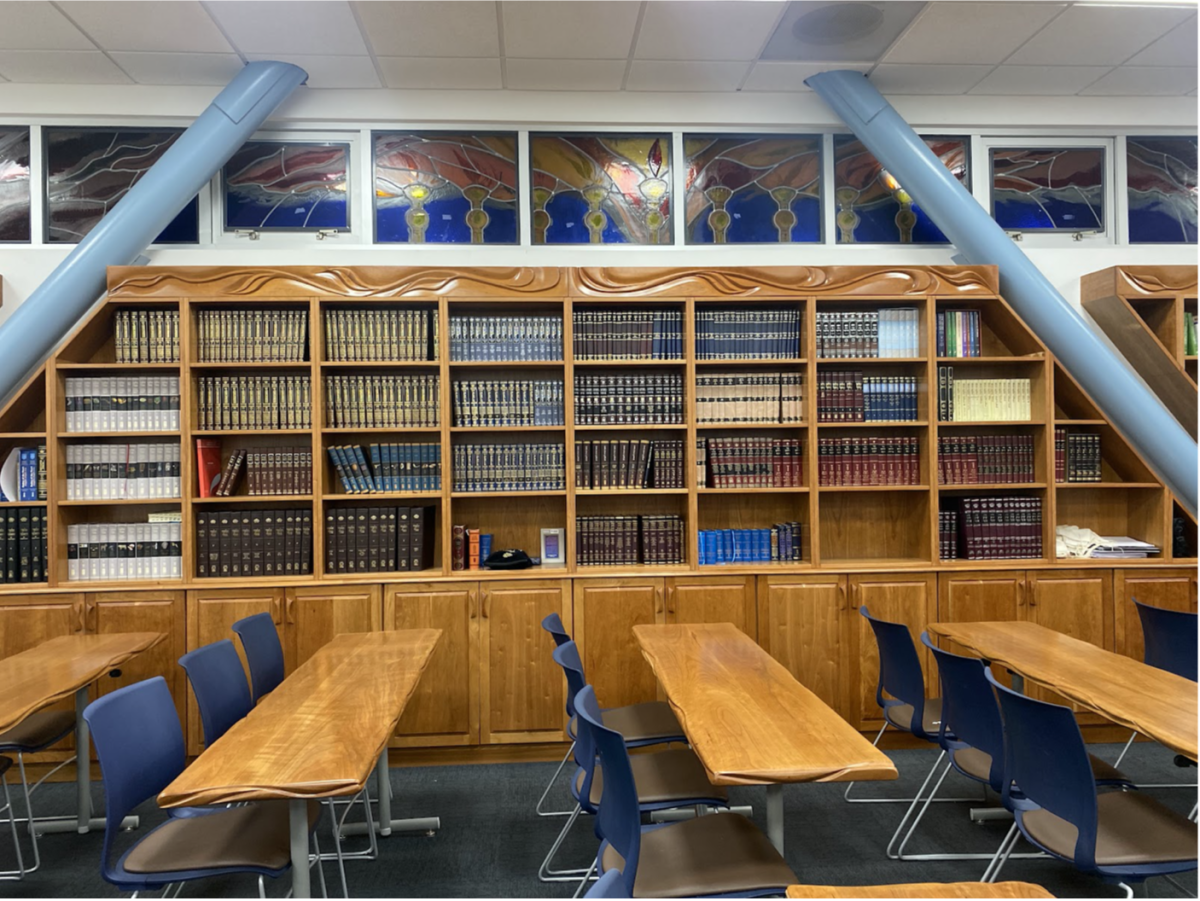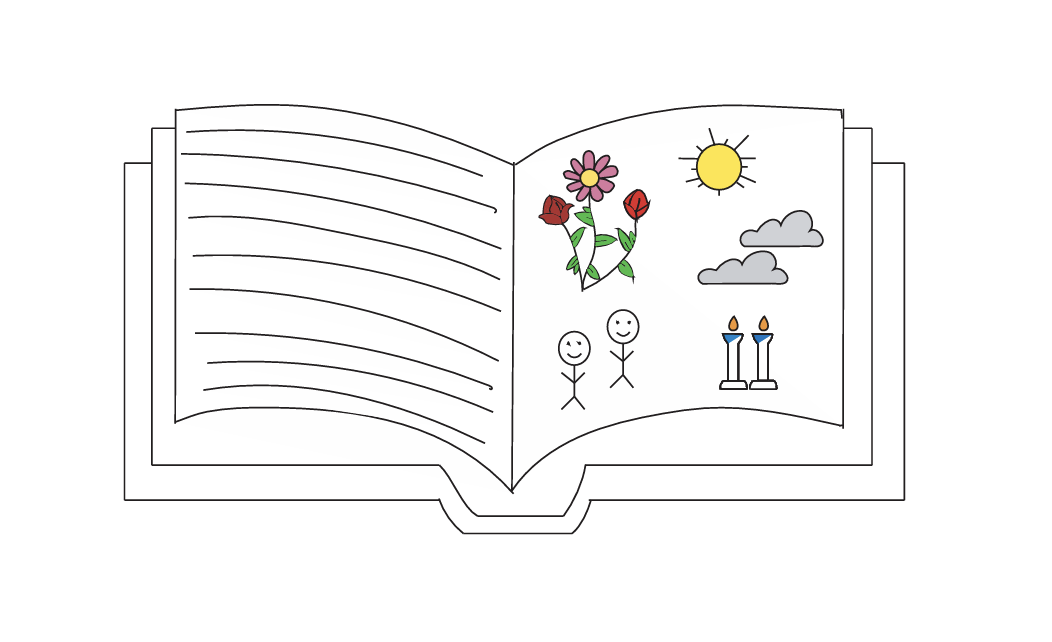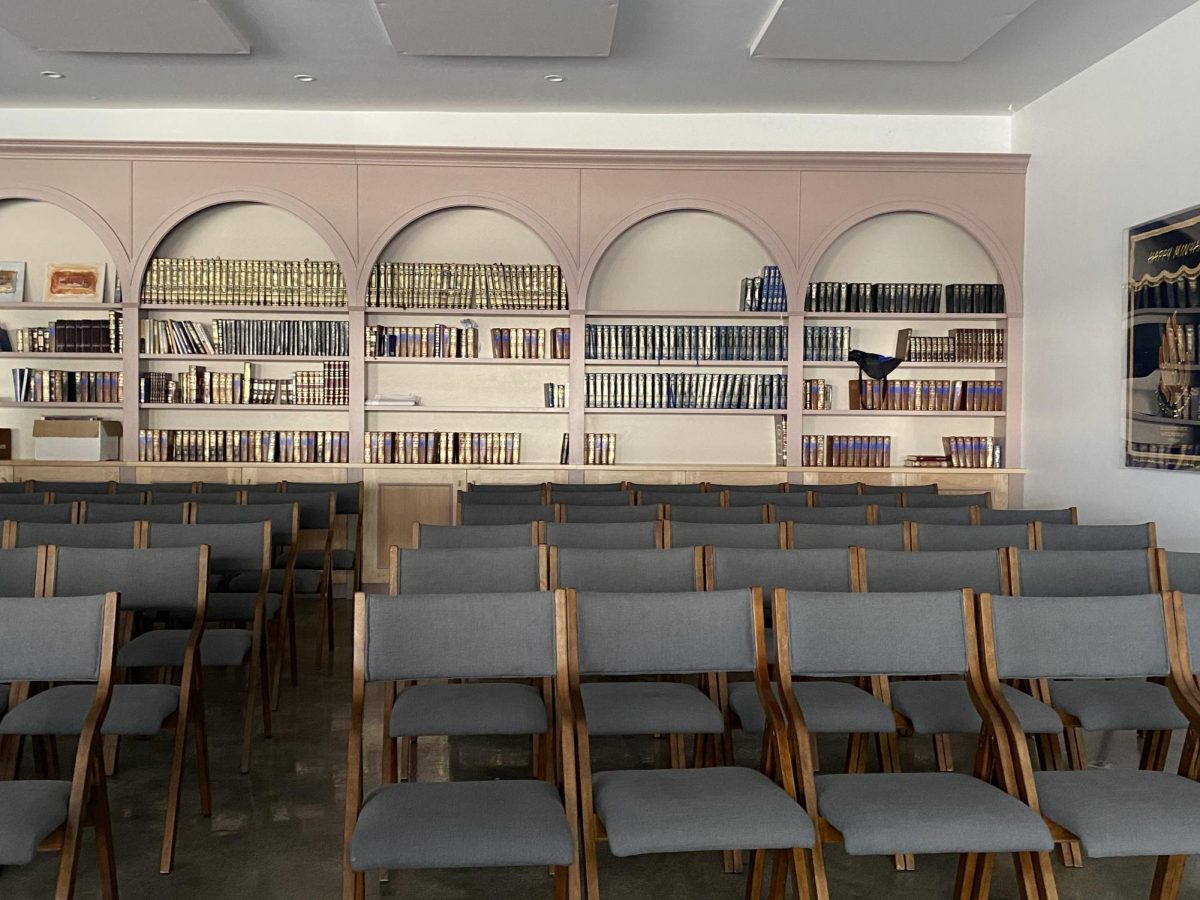By Yosef Nemanpour 12th grade
We have all learned that Sukkot is less commonly referred to as z’man simchateinu, or time of our happiness. We know that it is a mitzvah to build a sukkah; we know that it is a mitzvah to eat, sleep, and live in the sukkah; We know that each person is commanded to shake the lulav and etrog. Yes, all these mitzvot are nice and fun, and they all have beautiful explanations, one by one.
But what does Sukkot have to do with happiness, and even more than with our happiness, a communal happiness?
An answer can be found in Parshat Vayelech, when Moshe Rabbeinu with only a couple of more hours to his life commands Bnei Yisrael the mitzvah of hakhel, or “to assemble,” on a day which falls out every seven years on the first day of Sukkot. During temple times, all Jews on their way to Jerusalem for sacrifices at the Beit Hamikdash would assemble to hear readings of particular passages in the Torah, including the first and second paragraphs of the Shema, all of them themed around service and allegiance to God and his service, read by the king, or ruler of Israel at the time.
Rabbi Shimon, in Mishnah Pirkei Avot 4:17 says , “There are three crowns: the crown of Torah, the crown of priesthood, and the crown of kingship….” To the Jew, since the beginning of time, a happy and fulfilled life has always been a life of Torah and mitzvot, a life lived with divine inspiration and guidance. This is the essential message of hakhel; that all of Bnei Yisrael, united under their king, there ruler, pledging allegiance to Hashem with the utmost unity and love. Sukkot then turns into a real holiday of happiness.
My bracha (blessing)to all of Am Yisrael is that we can merit to be at the third Beit Hamikdash this Sukkot — with unity and happiness sovereign under our one king, Melech Hamoshiach!

